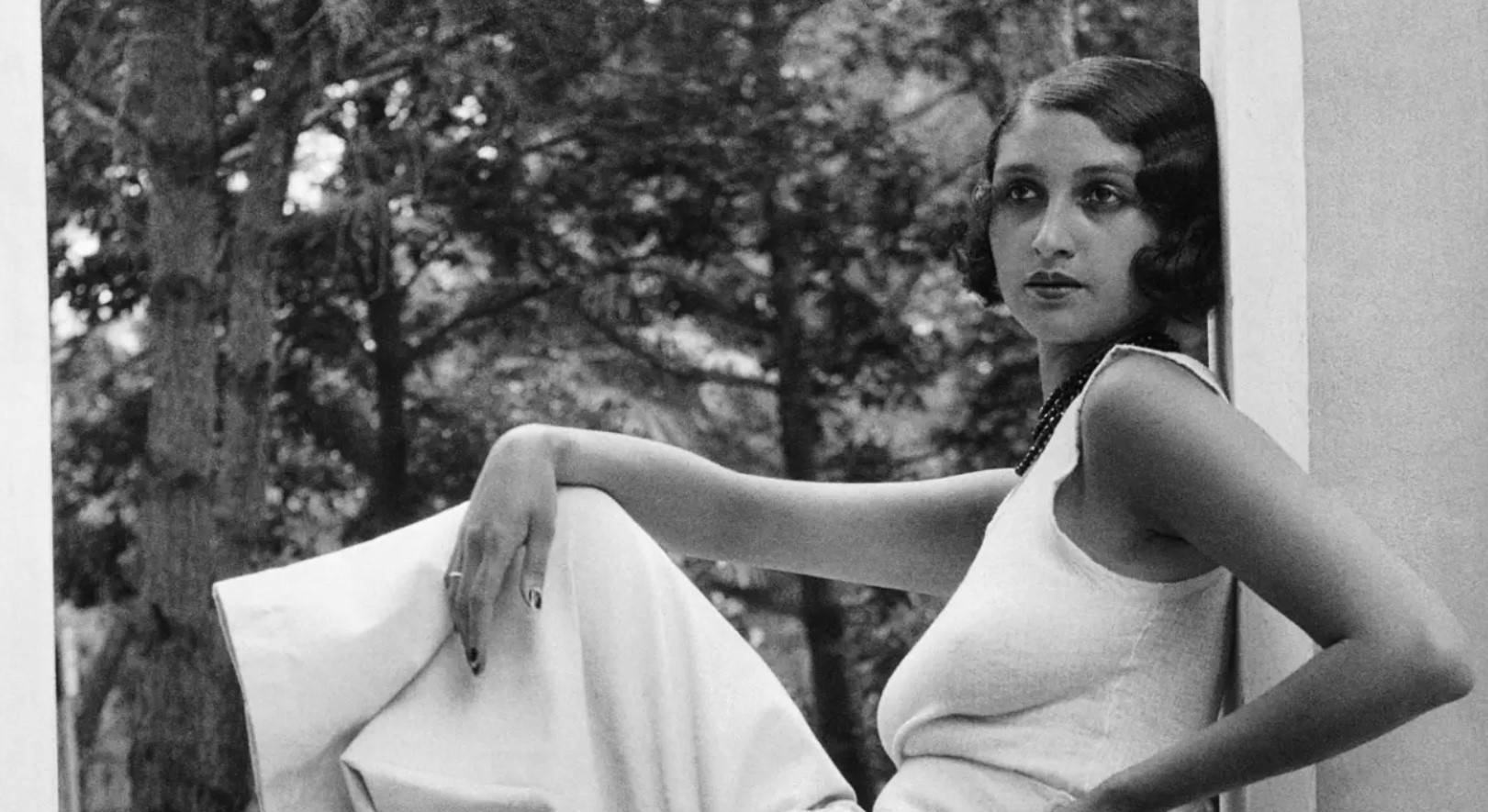Exhibition “ Vêtements modèles . Fashion Archetypes ”was created in cooperation with the Museum of Euro-Mediterranean Civilizations ( Le Mucem ) in Marseille (France) and the French Institute in Latvia. In 2020, it was received with great success in Marseille and is now being offered to the Latvian public in an updated version.
Why have the sleeveless shirt, colloquially known as ” mike “, and the blue overalls of French workers become the foundation and inspiration of the fashion industry? How have Scottish brunches, or canvas shoes , espadrilles associated with a particular geographical area spread across the globe and found in almost every wardrobe? And in what ways did the training pants get into the center of urban culture from the gym, as well as inspire Yves Saint-Laurent (1936–2008), a high fashion coryphaeus?
The exhibition, which sees fashion as a phenomenon of social anthropology, allows us to trace the journey of five clothes through centuries and fashion trends. Without changing its original design, the tank top , canvas shoes , espadrilles , workers’ skirt, tracksuit and Scottish kilt prove sustainability when the concept is reviewed. Clothing, which was originally created to perform certain work functions over the years, preserving materials and technologies, has become an archetype – a model and a basis for further interpretations. Re-introduced and tested, these costumes reflect a social history that has sometimes acquired the status of a symbol appropriated by both political events and social movements.
From ethnographic Scottish folk costume to Vivienne Westwood (1941) and fast fashion products. From the factory workshop to the fashion house parade. In the textile-focused exhibition, more than 200 items – both high fashion icons and ready-made clothing and lingerie – tell the story of fashion as an essential phenomenon of social life in dialogue with drawings, graphics, old magazines, archival photographs and films. At the same time, the exhibition highlights the role of crafts, highlights the issues of cultural heritage preservation, as well as emphasizes the sustainability of design.
The exhibition in Riga is complemented by analogous exhibits and archival documents from local memory institutions, mapping Latvian phenomena in European fashion and society. One of the legendary manuscripts belongs to the artist Gustav Klucis (1895–1938), who is still able to create admiration and enlightenment with his work. The works of the brilliant avant-garde complement the exhibition because, like the world of fashion, they represent a time that was ambiguous, leaving an unforgettable imprint on the history of art and culture.
The exhibition is an interdisciplinary cognitive and educational project that successfully unites several cultural organizations in Latvia and France. Latvian fashion designers (MAREUNROL’S, Agnese Narnicka, etc.) and students of the environmental and fashion art departments of the Latvian Academy of Arts take part in it. In parallel with the exhibition, there will be creative workshops, clothing repair classes, a summer school for the younger generation, discussions on the sustainability of fashion design and the importance of researching historical materials, “Conversations at the Museum”, open tours with exhibition organizers, fashion artists and experts.
Partners:
Latvia: French Institute in Latvia, Latvian Academy of Arts, Latvian National Library, Latvian National Museum of History, Riga History and Navigation Museum, Latvian Sports Museum, Jurmala City Museum
In France: Bibliothèque nationale de France , Médiathèque de l’architecture et du patrimoine , Marseille Direction des Musées de Marseille , Musée Yves Saint-Laurent , Museum of Decorative Arts, Earthenware and Fashion Marseille ( Musée des Arts décoratifs, de la Faïence et de la Mode ), National Museum of Modern Art ( Musée national d’art moderne / Center de création industrielle ), Vivienne Westwood Limited , private collectors




